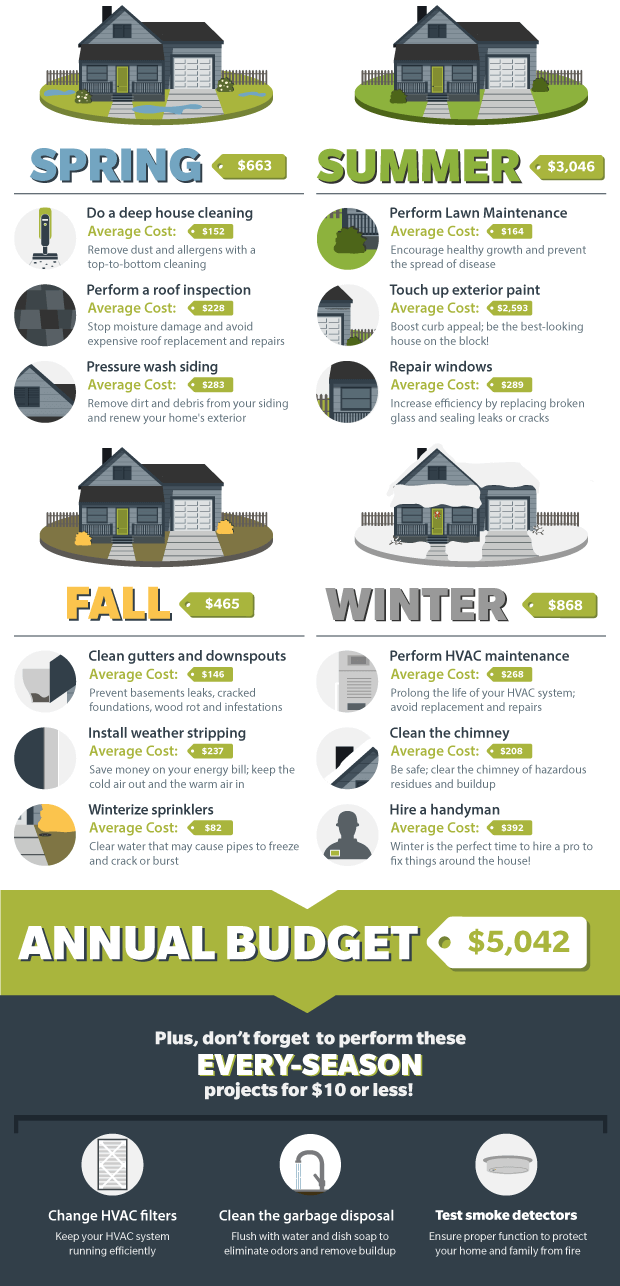How Weather Impacts Your Roof Covering: A Beginner'S Overview
How Weather Impacts Your Roof Covering: A Beginner'S Overview
Blog Article
Developed By-Engberg Lohmann
When it comes to your roof covering, the climate plays a vital duty in its general wellness and lifespan. You might not recognize exactly how rain can lead to leakages or exactly how hefty snow can stress the structure. Even the sunlight's ruthless rays can weaken your roof products gradually. It is necessary to understand these impacts, however what can you do to shield your roofing system from the aspects? Exploring upkeep approaches and product options could be vital to guaranteeing your roofing system stands solid against whatever Nature throws its method.
Results of Rain on Roof covering
Rainfall can be a quiet opponent to your roof, causing both instant and long-term damages. When water leaks into cracks or gaps, it can bring about leaks, which might not show up right away. You could observe a stain on your ceiling, yet already, the dampness might have already jeopardized your roof covering structure.
With time, constant exposure to rainfall can deteriorate roofing materials. https://www.constructionweekonline.in/business/17953-roofing-cladding-waterproofing-make-them-strong might warp, curl, or even break down, leaving your home vulnerable to further water breach. Mold and mold grow in wet problems, which can endanger your interior air quality and lead to health and wellness problems.
Standing water on your roof can also trigger major problems. It includes unnecessary weight, enhancing the threat of structural failure. And also, it can increase the wear and tear of your roof materials, making replacements much more regular and expensive.
To shield your roofing system, guarantee your seamless gutters are tidy and operating correctly to draw away rain away. Routine inspections can help you catch possible problems before they intensify.
Taking these steps currently can save you time and money over time, maintaining your home safe and completely dry.
Influence of Snow and Ice
When winter months gets here, snow and ice can position significant risks to your roofing, much like rainfall. Gathered snow can be fairly heavy, and if it does not slide off, it can create a harmful lots that your roofing mightn't be able to sustain. This pressure can cause sagging, leaks, or perhaps structural failure.
Ice can additionally create issues, specifically with ice dams. When snow on your roofing system thaws, it can stream down and refreeze at the eaves, creating a dam that stops correct drain. Water then supports under roof shingles, leading to leaks and water damage inside your home.
To safeguard your roof, it's important to keep seamless gutters clear of debris, permitting correct water drainage. Regularly evaluating your roofing system for signs of wear and damage can aid capture problems early.
If you discover a substantial amount of snow, consider hiring an expert to remove it safely. Keep in mind, it's far better to be positive about snow and ice than to handle expensive repairs in the future. Taking these steps can help guarantee your roof covering withstands the winter season without severe problems.
Sunlight and Temperature Level Challenges
While you could enjoy bright days, extended direct exposure to sunshine and extreme temperature levels can be damaging to your roof covering. UV rays can break down roof covering materials in time, bring about warping, cracking, or fading. If Learn Additional are made from asphalt, they may become weak under intense heat, making them a lot more at risk to damages.
Additionally, heats can boost the risk of thermal expansion. As products expand throughout the warm of the day and contract in the evening, this consistent cycle can develop stress and anxiety on your roofing, possibly creating leakages or various other structural concerns.
You might likewise notice boosted power costs as your air conditioning system works tougher to deal with warmth buildup in your attic room.
It's necessary to select roofing materials that can endure your local climate's temperature level changes. Light-colored or reflective roof can help reduce warmth absorption, while appropriate ventilation in your attic room can maintain a well balanced temperature level.
Normal inspections and upkeep can also catch issues early, ensuring your roof remains in optimal condition. By remaining proactive, you'll protect your financial investment and expand your roofing system's lifespan despite the difficulties postured by sunshine and temperature extremes.
Verdict
To conclude, recognizing how weather affects your roof covering is essential for keeping its stability and longevity. Rainfall can bring about leaks, snow and ice can develop hefty tons, and prolonged sun exposure can trigger products to break down. By staying positive with normal maintenance and selecting the ideal products, you can shield your roofing from the elements. Bear in mind, a well-maintained roofing system not just improves your home's value yet likewise keeps you safe and comfortable for many years to come.
